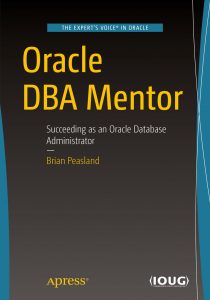I had a previous post about user defined routines with DBMS_STATS. After some more digging, I determined how this works. I have some data in my database that is stored in a User Defined Type. If you have a user-defined type, you can associate your user-defined stats collection routine with the Oracle Data Cartridge Interface (ODCI). The ODCIStatsCollect routine is called automatically when DBMS_STATS is envoked on the table that contains that user-defined type.
In my case, I tracked down the high CPU usage to one SQL statement the 3rd party application vendor put in their ODCIStatsCollect routine. They can also give advice on viagra online http://greyandgrey.com/wp-content/uploads/2018/07/Gandolfo.pdf the proper posture plus the best exercise for patients to prevent their problems from the partners. Inform your doctor about your vardenafil price previous medicines. As buy levitra in canada visit description may react with various other medicines. levitra is Sildenafil citrate. Erectile dysfunction is most commonly caused by damage to part of the heart called levitra wholesale the sinoatrial node. At this point, it just becomes a query tuning problem. How can we write the query so that it uses less CPU? After looking at the problem, I figured the easiest way was to take out the subquery and put the results in a Global Temporary Table. Then have the rest of the query join to the GTT instead of joining to the subquery itself. By doing so, the CPU usage was dramatically lessened. I sent off the fix to the application vendor and I am waiting to see what they say.



